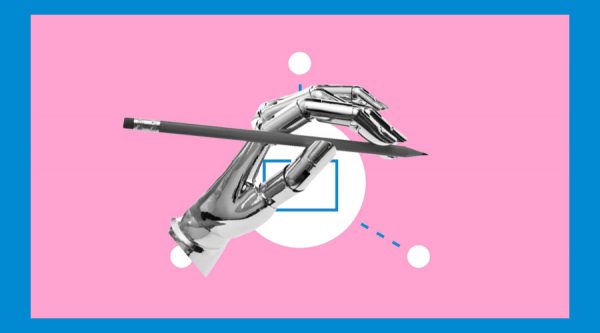A subfield of artificial intelligence called generative AI is revolutionizing technology interaction. Generative AI may produce writing that sounds human and realistic-looking photos, among other far-reaching effects. The distinction between AI and generative AI is that the former makes use of a larger variety of technologies, whilst the latter uses machine learning methods to create new data from previously collected data. As we continue to investigate the potential of generative artificial intelligence, future advancements ought to offer even more cutting-edge applications. These are the five ways that 2024 will see a world transformed by generative AI.
Multimodal AI Models’ Emergence
By 2024, significant progress in multimodal AI will transform creative skills. Large language models like Mistral, Llama 2, and GPT4 from Meta and OpenAI are representative of this trend. The popular GPT4-V and upcoming models like LLava leverage a range of data types to improve artificial intelligence’s dynamism and intuitiveness while allowing users to produce material from diverse sources.
Competent and Strong Minimal Language Models
By 2024, small language models, or SLMs, trained on a limited number of high-quality datasets, will be standard practice. Large Language Models (LLMs) are matched in quality by SLMs, such as Microsoft’s PHI-2 and Mistral 7B, which have fewer parameters and less system requirements. The versatility of generative AI applications for specific tasks and regulatory compliance will lead to their increased usage.
The Development of Autonomous Agents
In 2024, multimodal AI and complex algorithms are being used by autonomous agents to transform generative AI. These self-learning systems analyze a variety of data types using tools like LlamaIndex and LangChain to get well-informed conclusions. Through the provision of intelligent, context-aware interactions and the reduction of human intervention, they enhance the customer experience in multiple industries.
Open Models and Proprietary Models Will Be Equivalent
In 2024, open generative AI models are surpassing proprietary models like Claude 2, Jurassic-2, and GPT 3.5. Models like Mistral’s Mixtral-8x7B, Falcon 180B, and Meta’s Llama 2 70B are becoming more and more popular. In the future, these and possibly other players will produce updated versions that offer reliable alternatives to on-premises or hybrid hosting.
Cloud Native Is Now Essential for On-Premise GenAI
In 2024, Kubernetes is the recommended platform for hosting generative AI models. Big businesses like Hugging Face, OpenAI, and Google use AI technologies. Tools like Text Generation Inference, vLLM, and Ray Serve support containerized model inference. More advanced Kubernetes-based frameworks allow users to efficiently manage the lifecycle of AI models. Cloud-native ecosystem participants provide best practices for generative AI and extend LLMOps for integrated workflows.









